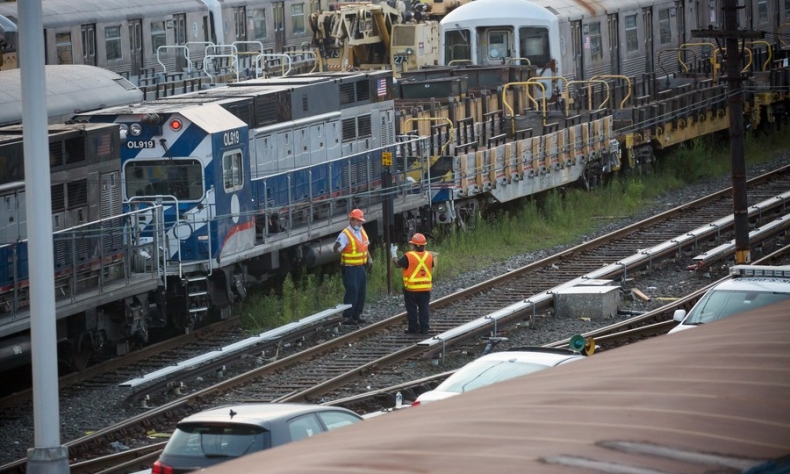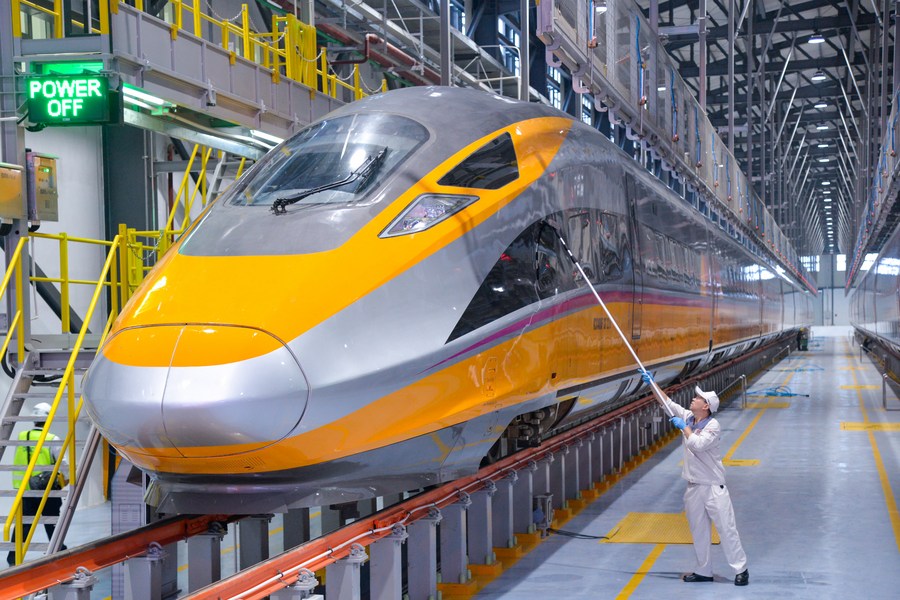Counterbalance or Copycat?

Given the U.S. has made too many empty promises about global governance in recent years, the IMEC’s ‘balancing’ ideology perhaps actually deepen the divide instead of bridging it.
On September 9, at the Partnership for Global Infrastructure and Investment (PGII) event during the Group of 20 Summit in New Delhi, India, leaders of the U.S., India, Saudi Arabia, the United Arab Emirates, France, Germany, Italy and the European Union announced a memorandum of understanding on a large-scale global infrastructure project: the India-Middle East-Europe Economic Corridor (IMEC).
This initiative, dubbed the modern-day “Spice Routes” by the Indian media, claims to strengthen connectivity and economic integration between South Asia, the Arabian Gulf and Europe through the construction of railway and maritime networks.
Many international relations experts have voiced their opinions that the IMEC is a copycat of the Belt and Road Initiative (BRI), an initiative proposed by China in 2013 that aims to boost connectivity along and beyond the ancient Silk Road routes. As of August this year, more than 152 countries and 32 international organizations had joined the BRI.
IMEC is the latest proposal within the framework of the PGII, which was proposed by American President Joe Biden in June 2022—in a bid to hedge China’s global influence. At the time, Biden announced the Group of Seven countries would mobilize $600 billion for global infrastructure investment by 2027.
However, a necessary consideration is that the U.S. and China have completely different intentions in terms of investment in global infrastructure construction.
For China, one of the important modes of rapid economic development in recent decades has been large-scale infrastructure projects led by the Central Government. In the short term, infrastructure investment can immediately promote the development of key industries such as steel, cement and construction machinery, and create a large number of employment opportunities. In the medium and long term, well-developed infrastructure facilities can effectively reduce the cost of economic operations, attract investment in the manufacturing industry and achieve sustainable economic growth.

Amid this wave of infrastructure construction, China has seen the emergence of many leading enterprises with advanced technology and experienced technical personnel. With the advancing capacities of the country’s traditional infrastructure such as transportation, energy and hydraulic works and new infrastructure, with “new” here representing “new digital technology,” such as the 5G mobile network, ultra high voltage power transmission and charging piles for new-energy vehicles, it has become an inevitable trend for Chinese enterprises to go abroad and open up new markets.
On the other hand, as the factory of the world, China also needs to ensure convenient, stable and efficient logistics channels. Take the example of China-Europe freight trains, one of the BRI’s flagship projects. These international container trains, faster than maritime transportation and cheaper than air transportation, today reach 217 cities in 25 European countries, and have become a logistics go-to for Chinese export enterprises. The China-Europe freight rail service network completed its 10,000th trip on August 26.
So what about the U.S.? First, it is difficult for American companies to participate in the construction of the IMEC, regardless of ability or willingness, because the domestic infrastructure in the U.S. is seriously outdated. Several high-speed rail projects have been in the works for decades in the country, but just can’t seem to make it past the discussion stage.
Plus, as the new economic corridor is more than 13,000 km away from the continental U.S., its (positive) impact on American manufacturing and consumers will be very limited.
Perhaps the primary American goal in leading the IMEC remains to contain China. By further strengthening its political and economic ties with India, a major power in the Indo-Pacific, the U.S. hopes to arm India to be a force capable of comprehensively confronting China. And in the Middle East, as the core of the IMEC, the U.S. may not want the rich Gulf states to give more infrastructure contracts to Chinese enterprises. Nor does it seem to be happy to see China become a popular partner in the region.
As experts consider the IMEC, whose details are yet to come out, a “counterbalance,” a strategic response to the BRI, balancing China’s influence in the Gulf area and the EU. But unlike the latter which in 2013 set out to embrace different economies, the new economic corridor enters the world at a time of division. And given the U.S. has made too many empty promises about global governance in recent years, the IMEC’s “balancing” ideology perhaps actually deepen the divide instead of bridging it.
In sum, the IMEC: Counterbalance or copycat? Time will tell.
 Facebook
Facebook
 Twitter
Twitter
 Linkedin
Linkedin
 Google +
Google +










